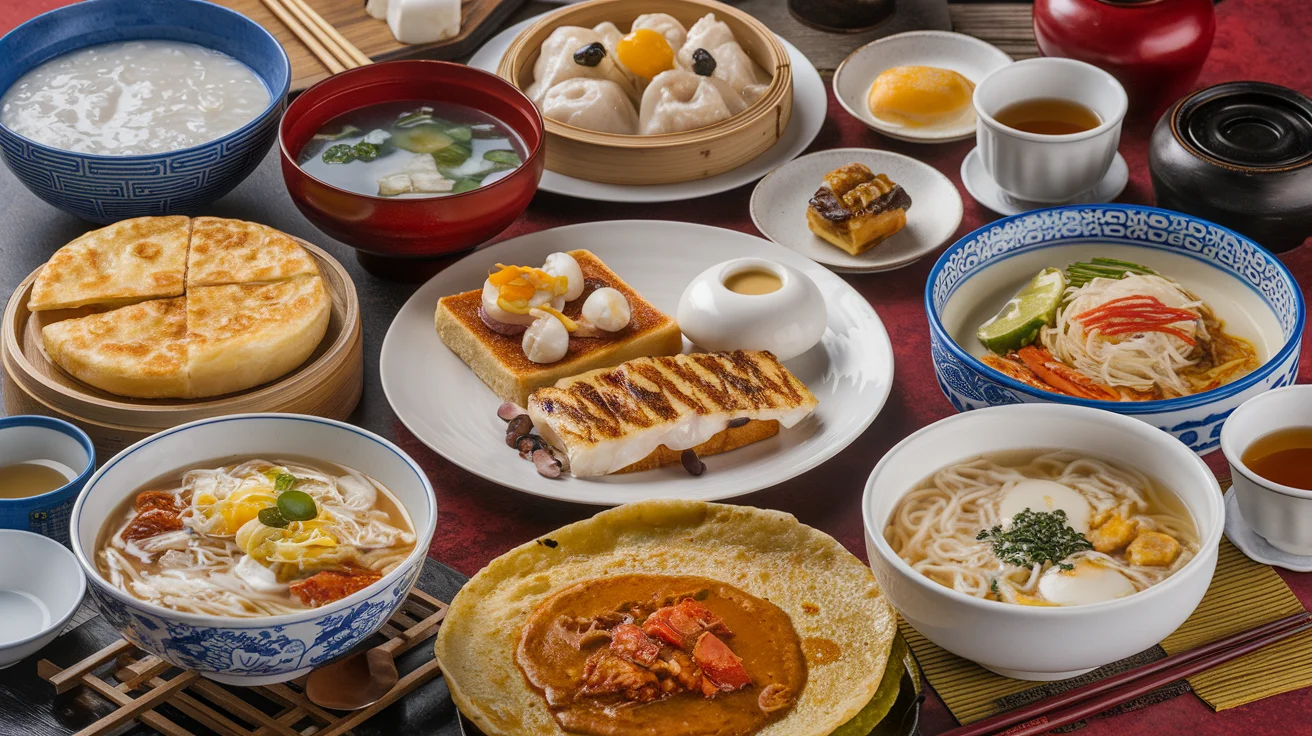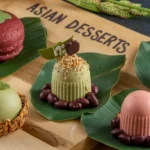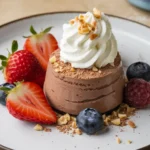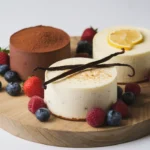When it comes to breakfast, most of us tend to stick to the usual cereal, toast, or eggs. But what if you could take your morning routine to the next level by exploring the vibrant and flavorful world of Asian breakfast foods? Asian breakfasts are a celebration of diverse ingredients, bold flavors, and rich cultural traditions. From comforting rice porridge to savory pancakes, these dishes are not only delicious but also nourishing, giving you the energy you need to start your day right.
In this article, we’ll take you on a culinary journey through 11 mouthwatering Asian breakfast foods that you need to try. Whether you’re looking for something quick and easy or a more elaborate breakfast experience, these dishes will open your eyes to the many possibilities of breakfast. So, grab your chopsticks (or fork!) and get ready to discover new flavors that will make your mornings even better.
Why Asian Breakfast Foods Are Worth Exploring
Breakfast in Asia is far from ordinary. While many Western breakfasts are centered around quick and simple options like toast and coffee, Asian breakfasts offer a wide range of choices that combine savory, sweet, and even spicy flavors. The beauty of Asian breakfast foods lies in their diversity, with each country offering unique dishes that reflect its culture, history, and regional ingredients.
In many Asian countries, breakfast is more than just a meal—it’s an important part of the daily routine. These dishes are often packed with nutrients, designed to fuel you for the day ahead. In addition to being hearty and satisfying, Asian breakfast foods often feature fresh vegetables, proteins, and grains, making them a wholesome and balanced choice.
Whether you’re a fan of rice porridge, savory omelets, or sweet pastries, Asian breakfasts have something for everyone. Let’s dive into some of the most delicious and iconic Asian breakfast foods you need to taste.
1. Congee (China)

What Is Congee?
Congee is a comforting rice porridge that is widely enjoyed in China and many other Asian countries. It’s typically made by simmering rice in water or broth until it becomes soft and creamy. The dish is incredibly versatile, allowing you to customize it with a variety of toppings, from pickled vegetables to meats and eggs.
Toppings & Variations
The beauty of congee lies in its adaptability. You can enjoy it sweet or savory, depending on your preferences. Common savory toppings include:
- Pickled vegetables
- Soft-boiled or pickled eggs
- Tofu
- Shredded chicken or pork
- Fried shallots or garlic
For a sweeter version, you might add ingredients like sugar, cinnamon, or fruit. The warm, comforting nature of congee makes it a perfect choice for breakfast, especially on colder mornings.
Health Benefits
Congee is not only delicious but also easy on the stomach. It’s often recommended as a light meal for those recovering from illness. The rice-based porridge is easy to digest and provides a gentle way to start the day.
2. Japanese Tamago (Japan)

What Is Tamago?
Tamago is a sweet and savory Japanese rolled omelette that’s often served for breakfast in Japan. It’s made by layering beaten eggs with seasonings like soy sauce, sugar, and mirin, then cooking the mixture in a rectangular pan and rolling it up. The result is a fluffy, slightly sweet omelette with a beautiful golden color.
How to Serve Tamago
Tamago is typically served with rice, in bento boxes, or as part of sushi. It can be enjoyed on its own or paired with other breakfast items like miso soup or pickled vegetables. The delicate flavor of tamago makes it a perfect complement to a variety of other dishes.
Key Ingredients
- Eggs
- Soy sauce
- Sugar
- Mirin (sweet rice wine)
If you want to try making tamago at home, the key is to be patient. The process of layering and rolling the eggs takes time, but the result is well worth the effort.
3. Korean Kimchi Bokkeumbap (South Korea)

What Is Kimchi Bokkeumbap?
Kimchi bokkeumbap is a flavorful stir-fried rice dish made with kimchi, the famous Korean fermented cabbage. This dish is often topped with a fried egg, making it a hearty and satisfying breakfast option. The spicy, tangy flavor of the kimchi pairs perfectly with the rice, creating a dish that’s both comforting and full of umami.
Flavor Profile
Kimchi bokkeumbap is packed with bold flavors. The kimchi provides a spicy kick, while the rice helps balance out the heat. The addition of a fried egg on top adds richness and depth to the dish. You can also customize it with other ingredients like vegetables, tofu, or meats.
Health Benefits
Kimchi is known for its probiotic content, which can help support gut health. It’s also rich in vitamins A, B, and C, making kimchi bokkeumbap a nutritious breakfast choice.
4. Indian Paratha (India)
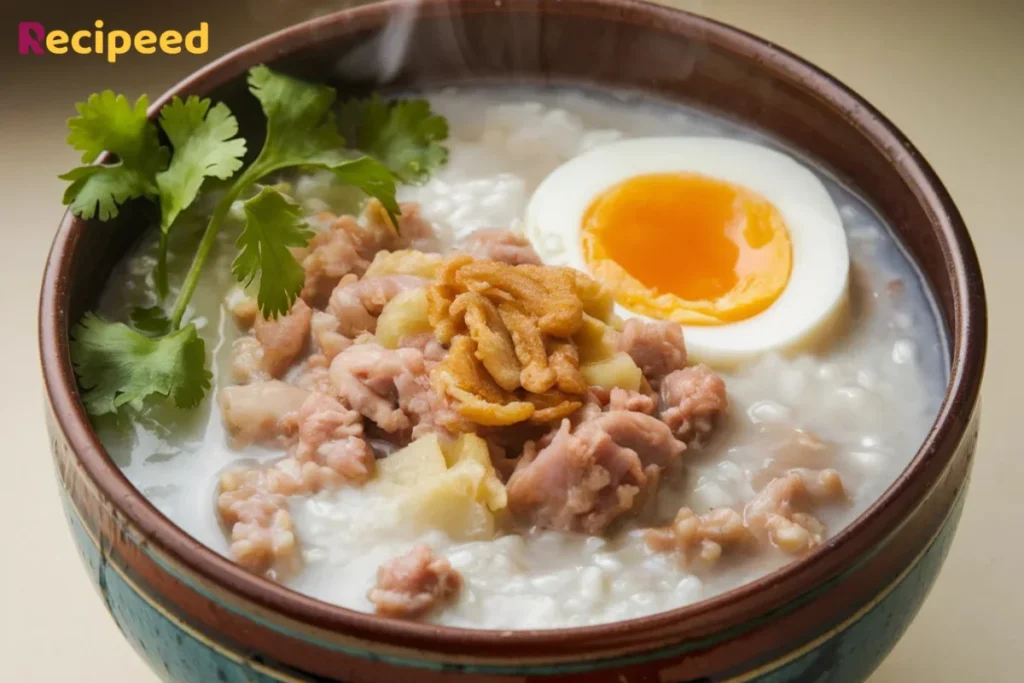
What Is Paratha?
Paratha is a type of flatbread that’s widely enjoyed for breakfast in India. It’s made by rolling out dough, layering it with ghee (clarified butter), and then frying it until crispy and golden. Parathas can be enjoyed plain or stuffed with a variety of fillings, such as potatoes, radishes, or paneer (Indian cheese).
Types of Paratha
- Aloo Paratha: Stuffed with spiced mashed potatoes.
- Mooli Paratha: Filled with grated radish and spices.
- Paneer Paratha: Stuffed with crumbled paneer and herbs.
Parathas are often served with yogurt, pickles, or a curry on the side, making for a filling and flavorful breakfast.
Cultural Significance
In India, parathas are a beloved breakfast dish, often eaten during family gatherings or special occasions. The crispy, flaky texture and rich flavor make it a breakfast staple across the country.
5. Thai Jok (Thailand)
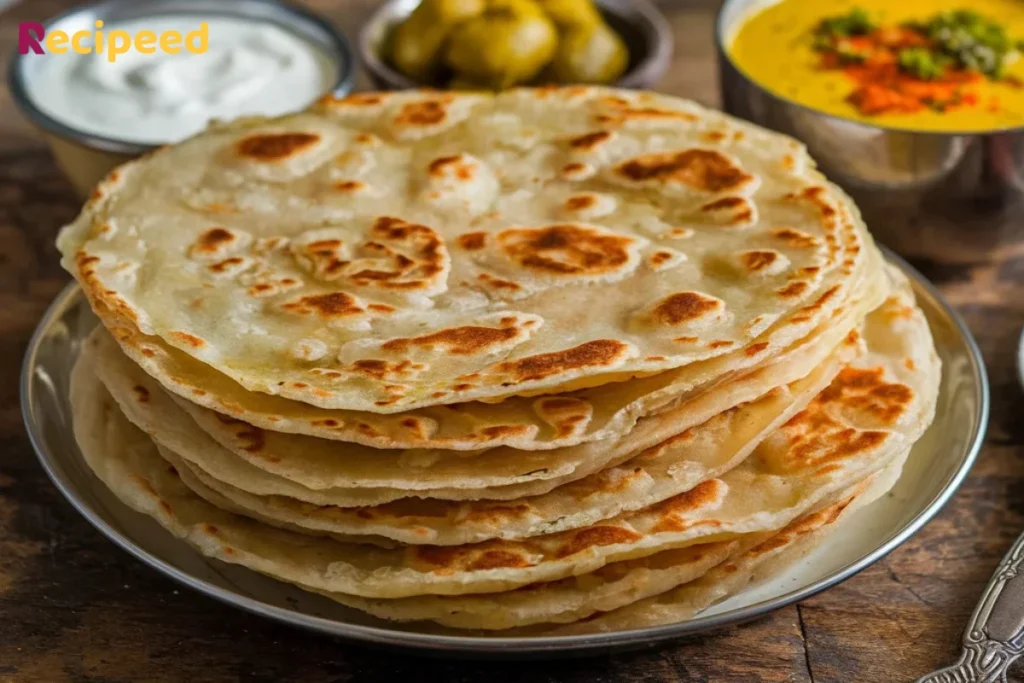
What Is Jok?
Jok is a Thai rice porridge that’s similar to congee but with its own unique flavor profile. It’s made by simmering rice in water or broth until it breaks down into a creamy consistency. Jok is often topped with minced pork, chicken, or a soft-boiled egg, and garnished with fried garlic, cilantro, and green onions.
Toppings & Flavor
The toppings for jok can vary, but the dish is typically served with a generous amount of savory ingredients. The fried garlic adds a crispy texture, while the fresh herbs provide a burst of flavor. Jok is often enjoyed with a side of pickled vegetables or chili paste for an extra kick.
Health Benefits
Jok is a light yet filling breakfast that provides a good balance of protein and carbohydrates. It’s a great choice for those looking for a comforting meal that’s easy to digest.
6. Vietnamese Bánh Mì (Vietnam)
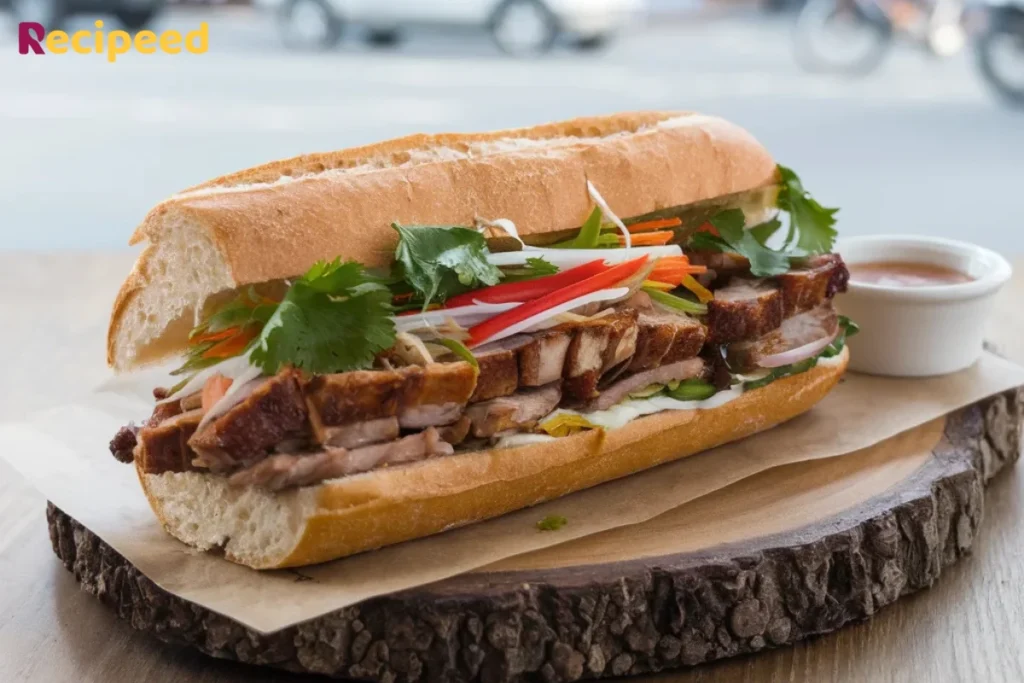
What Is Bánh Mì?
Bánh mì is a Vietnamese sandwich that combines the best of both worlds: the crispy baguette, a legacy of French colonialism, and the fresh, vibrant ingredients of Vietnamese cuisine. While bánh mì is often eaten as a quick lunch or dinner, it’s also a popular breakfast dish in Vietnam.
Fillings & Variations
The fillings for bánh mì can vary, but common ingredients include:
- Grilled pork or chicken
- Pate
- Pickled vegetables (carrots, daikon)
- Fresh herbs (cilantro, mint)
- Chili sauce
The combination of savory meats, crunchy vegetables, and soft baguette creates a satisfying and flavorful breakfast sandwich.
7. Filipino Longsilog (Philippines)
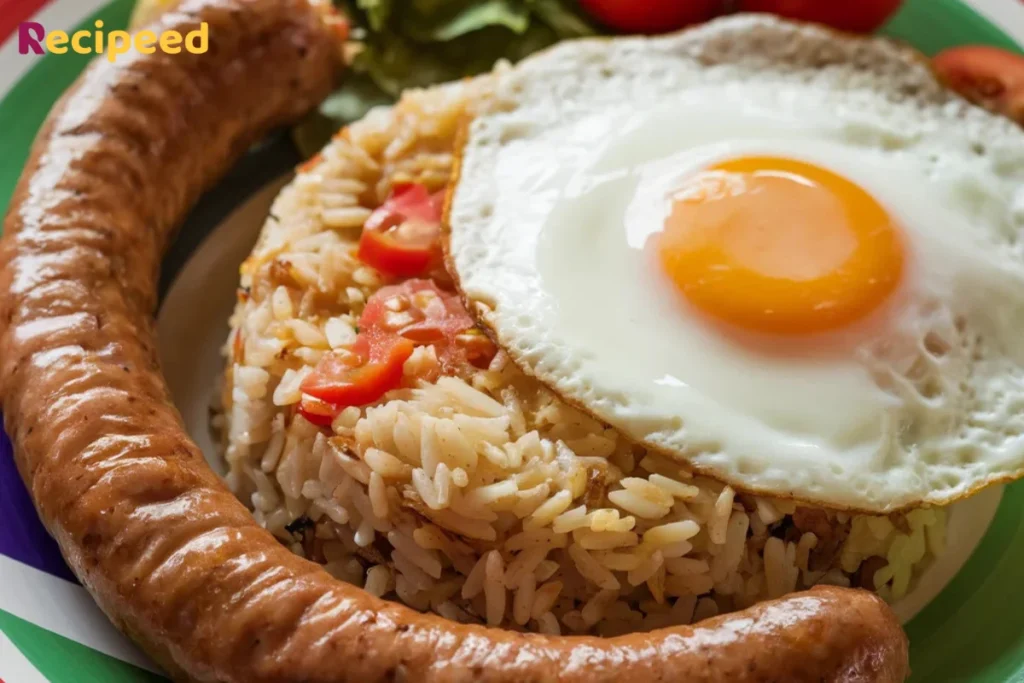
What Is Longsilog?
Longsilog is a traditional Filipino breakfast that consists of longganisa (sweet pork sausage), garlic rice, and a fried egg. This hearty breakfast is a favorite in the Philippines, offering a satisfying balance of sweet, savory, and salty flavors.
Flavor Profile
The sweet and savory flavor of the longganisa pairs perfectly with the garlicky rice, while the fried egg adds richness and texture. Longsilog is often served with a side of vinegar for dipping, which enhances the dish’s overall flavor.
Cultural Context
Longsilog is often enjoyed as part of a leisurely breakfast in the Philippines, where it’s commonly served with fresh fruit or a cup of hot coffee.
8. Malaysian Nasi Lemak (Malaysia)

What Is Nasi Lemak?
Nasi lemak is a beloved Malaysian dish that consists of coconut milk rice served with sambal (a spicy chili paste), fried anchovies, a hard-boiled egg, and cucumber. This dish is often enjoyed for breakfast but can also be eaten at any time of the day.
Flavor Profile
The rich, creamy coconut rice provides a perfect base for the spicy sambal and crispy anchovies. The hard-boiled egg adds protein, while the cucumber offers a refreshing crunch. Nasi lemak is a flavorful and satisfying breakfast option that’s perfect for those who enjoy a bit of heat in the morning.
9. Indonesian Bubur Ayam (Indonesia)
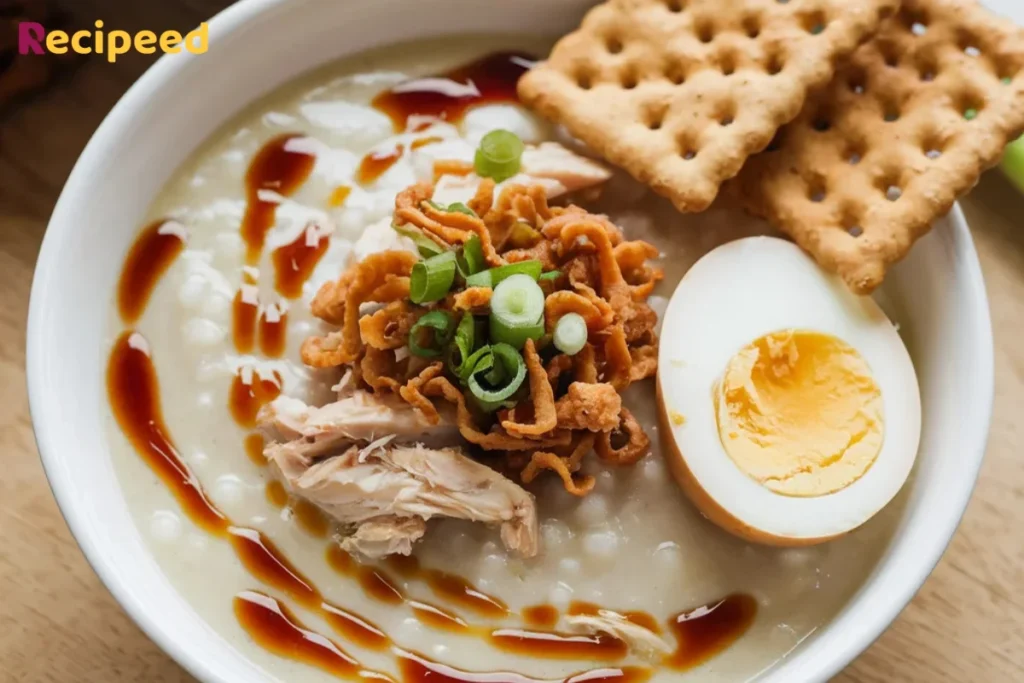
What Is Bubur Ayam?
Bubur ayam is an Indonesian chicken porridge that’s served with a variety of toppings, including shredded chicken, crackers, and a variety of condiments like soy sauce and fried shallots. This dish is a popular breakfast option in Indonesia and is often enjoyed as a street food.
Flavor Profile
The savory chicken and rich broth create a comforting and flavorful base, while the crispy crackers add texture and crunch. Bubur ayam is often served with a side of sambal for those who enjoy a spicy kick.
10. Taiwanese Lu Rou Fan (Taiwan)
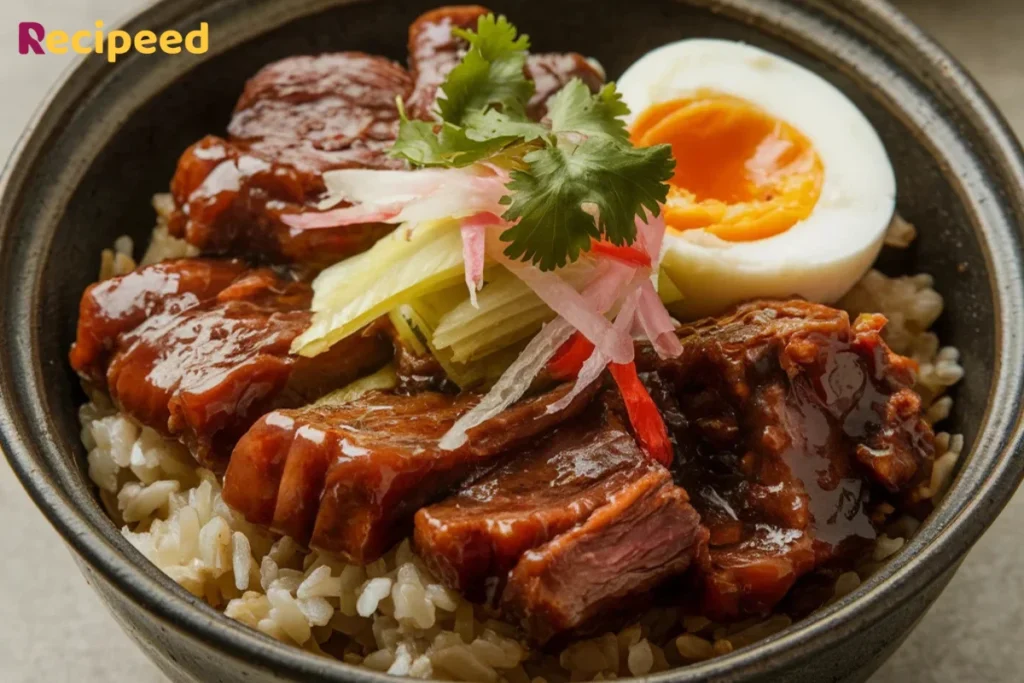
What Is Lu Rou Fan?
Lu rou fan is a Taiwanese dish that consists of braised pork served over rice. The pork is simmered in a flavorful broth with soy sauce, five-spice powder, and other seasonings until it becomes tender and savory.
Flavor Profile
The tender, braised pork is rich and savory, while the rice provides a neutral base that allows the flavors to shine. Lu rou fan is often served with pickled vegetables and a boiled egg, making it a satisfying and balanced breakfast.
11. Chinese Jianbing (China)
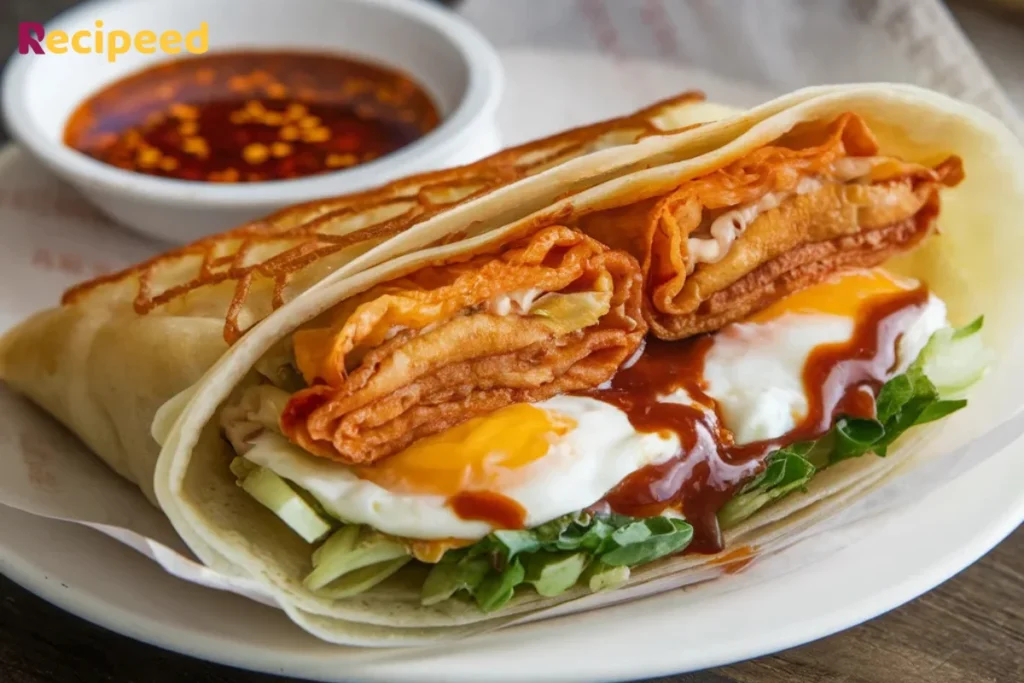
What Is Jianbing?
Jianbing is a popular Chinese street food that’s often eaten for breakfast. It’s a savory crepe made from a batter of flour, water, and egg, then filled with herbs, crispy crackers, and a variety of savory condiments like hoisin sauce and chili paste.
Flavor Profile
Jianbing is a perfect combination of salty, spicy, and crunchy flavors. The crispy crackers add texture, while the herbs and condiments provide layers of flavor. This dish is often eaten on the go, making it a convenient and satisfying breakfast option.
How to Incorporate Asian Breakfast Foods into Your Routine
If you’re excited to try these delicious Asian breakfast foods but aren’t sure where to start, here are some tips:
- Start Simple: Begin with a dish that’s easy to prepare, like congee or tamago.
- Prep Ahead: Some dishes, like kimchi bokkeumbap or nasi lemak, can be made in advance and enjoyed throughout the week.
- Experiment with Fusion: Combine elements from different Asian breakfasts to create your own unique morning meal.
Conclusion
Asian breakfast foods offer a world of flavors that can transform your morning routine. Whether you’re craving something savory, sweet, or spicy, there’s an Asian breakfast dish for every palate. From the comforting warmth of congee to the bold flavors of kimchi bokkeumbap, these dishes are not only delicious but also nourishing, providing you with the energy you need to start your day on the right note. So why not step out of your breakfast comfort zone and try something new? Your taste buds will thank you.
FAQ – Asian Breakfast Foods
Q1: What are the most popular Asian breakfast foods?
Some of the most popular Asian breakfast foods include congee, tamago, kimchi bokkeumbap, and nasi lemak.
Q2: Are Asian breakfast foods healthy?
Yes, many Asian breakfast foods are nutrient-dense, featuring ingredients like vegetables, rice, eggs, and fermented foods that provide essential vitamins and probiotics.
Q3: Can I make Asian breakfast foods at home?
Absolutely! Many Asian breakfast dishes are easy to prepare at home with simple ingredients. Start with dishes like congee, tamago, or kimchi bokkeumbap for a delicious and satisfying breakfast.
Now that you’ve discovered these 11 delicious Asian breakfast foods, it’s time to get cooking! Which dish will you try first? Let us know in the comments or share your favorite Asian breakfast foods on social media.
